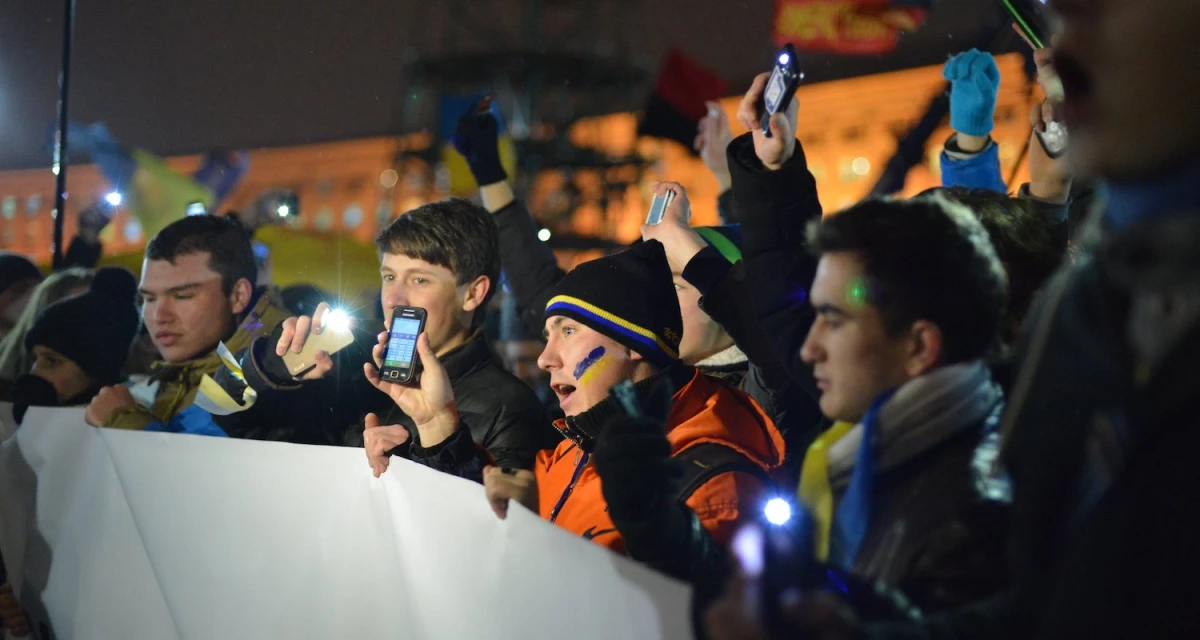Tweeting the Revolution: Social Media Use and the #Euromaidan protests
February 28, 2014 ·
Report
To better understand how social media is used in a protest setting, we collect data from the Euromaidan protests in Ukraine and find that social media provides a space to share information, as well as mobilize offline organization.

Credit: Ivan Bandura